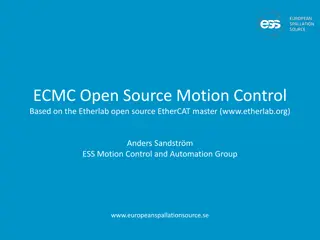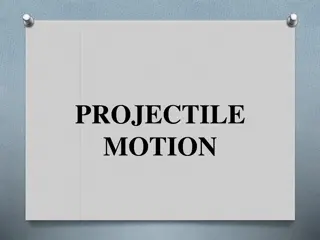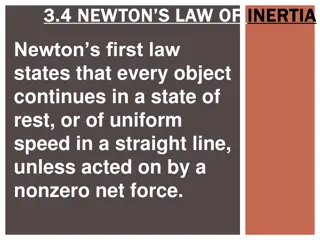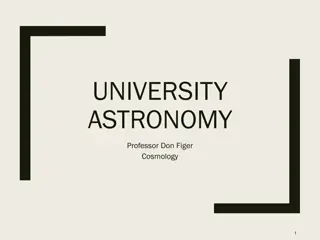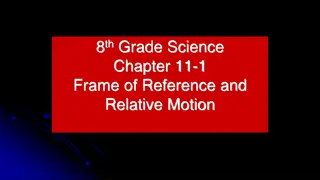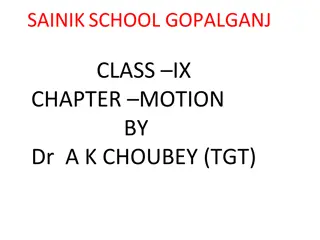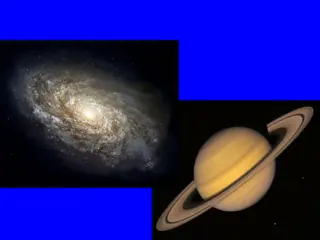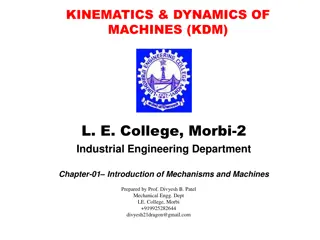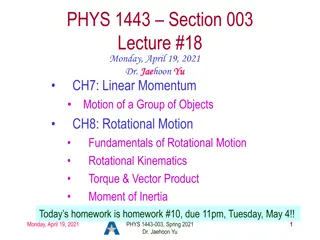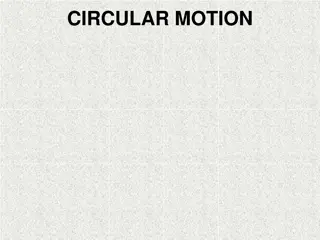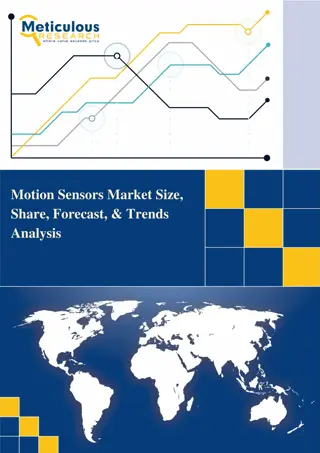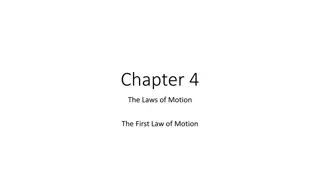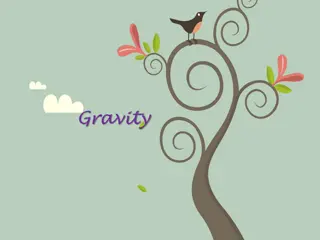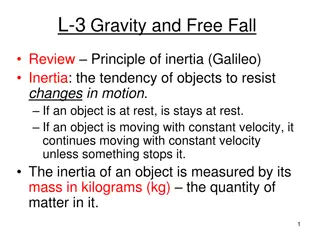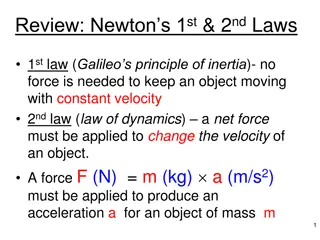Unveiling Motion in the Universe
Delve into motion relative to reference points, scalar versus vector quantities, and interpreting motion graphs. Explore speed, velocity, acceleration, and momentum connections. Analyze crash tests with the Law of Conservation of Momentum. Understand instantaneous speed, concept of velocity as a vector quantity, and changes in speed and direction through acceleration.
Download Presentation

Please find below an Image/Link to download the presentation.
The content on the website is provided AS IS for your information and personal use only. It may not be sold, licensed, or shared on other websites without obtaining consent from the author.If you encounter any issues during the download, it is possible that the publisher has removed the file from their server.
You are allowed to download the files provided on this website for personal or commercial use, subject to the condition that they are used lawfully. All files are the property of their respective owners.
The content on the website is provided AS IS for your information and personal use only. It may not be sold, licensed, or shared on other websites without obtaining consent from the author.
E N D
Presentation Transcript
IPS Terminal Velocity Expedition 2: A Universe of Motion
Discover how motion is relative to a standard reference point. Distinguish between scalar and vector quantities of motion. Explore the motion of an object by describing its position, direction, and speed. Create and interpret a variety of motion graphs. Discover how distance/displacement, speed/velocity, acceleration, and momentum are all connected by the rate of change. Apply the Law of Conservation of Momentum to analyze crash tests performed at the Insurance Institute for Highway Safety (IIHS).
Speed is the distance traveled over a given period of time. Instantaneous speed is the speed of an object at an exact moment in time.
Speed is the distance traveled over a given period of time. Instantaneous speed is the speed of an object at an exact moment in time.
The slopeof the line on a graph of distance vs time indicates how fast the object is going
Stage 1: On the Move Speed is an example of a scalar quantity. It only shows "how fast" the car is traveling, and does not show in which direction the car is traveling.
Stage 1: On the Move Velocity is a vector quantity which represents both the speed and the direction in which an object is moving.
Acceleration describes these changes in speed and direction.
When the velocity of a moving object decreases, it is said to decelerate, or undergo negative acceleration.
Acceleration describes changes in direction as well as those in speed. Starting acceleration is zero. The time during which it moved is plotted horizontally on the x-axis. Its velocity is plotted vertically on the y-axis. The slope of the line illustrates whether the object is speeding up or slowing down.
So far we have explored linear motion, or motion in a line or in one dimension.
_________________ is an objects mass multiplied by its velocity.
If the velocities of two objects are the same, the object with more mass will have more momentum.
If the masses of two objects are the same, the object with a higher velocity will have more momentum.
___________________ is an objects resistance to change in its state of motion.
The law of conservation of momentum tells us that momentum is neither lost nor gained, but rather is transferred between objects.






